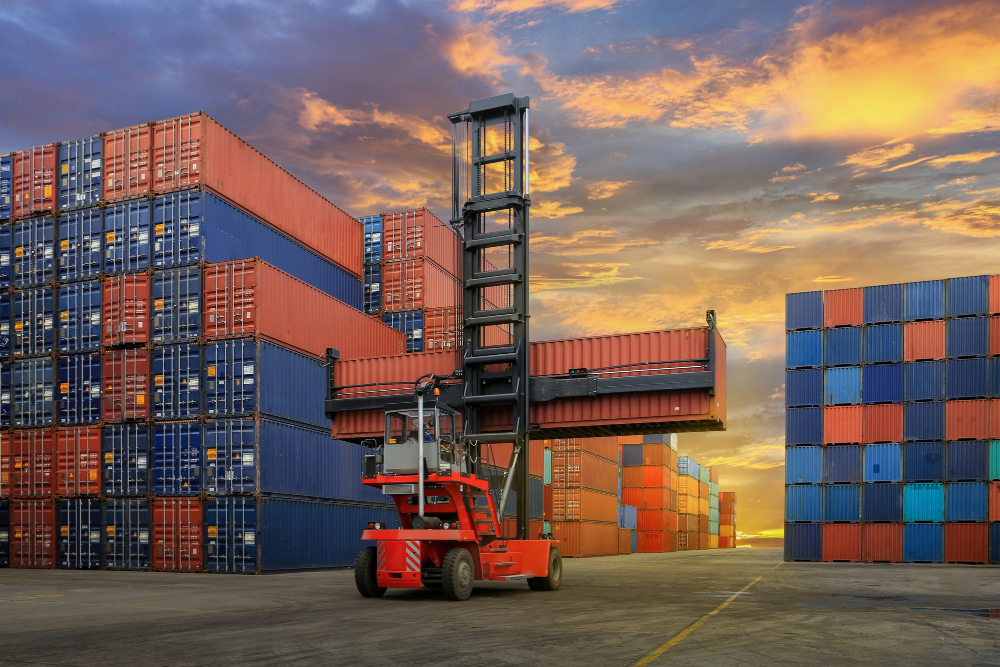Customs regimes are among the important elements of world trade. The word that attracts attention here is 'regime'. Accordingly, the word regime includes meanings such as regulation and management.

Naturally, it is possible to get information about customs regimes by starting from here. In other words, it is known that the order and management in the customs field appear as 'customs regimes' as a concept. The purpose here is to keep the movement of goods under control. In this context, there are basically 8 customs regimes.
The word regime came to our language from French. The original of this word is known as 'regime'. It is known that it is used especially in meanings such as arrangement and order. Naturally, the expression customs regime appears to be of utmost importance. Because this is how Türkiye's Customs Legislation emerges. One of the widest borders within the customs regime is within the free circulation regime.
The free circulation regime is also known as the import regime. It is seen that the import regime is used more frequently, especially among the public, instead of the free circulation regime. In addition, it would not be wrong to say that the free circulation regime is related to imports. Products to be imported are included in this regime.
As it is known, the necessary policies are applied to the goods coming to Turkey. In addition, there are certain tax collection and financial obligations in transactions related to the import of goods. It is known that there is a free circulation regime to fulfill these. We can say that it is an important regime in the field of customs.
It is also seen that there is a transit regime within the customs regimes. The important concept here is known as transit. This word generally means moving from one place to another.
Transportation of goods from one point to another within the Turkish Customs Territory includes the transit regime. In addition, these goods must not be subject to import duties and trade policy measures. Transit regime;
There are transportation methods listed above within the transit regime. Accordingly, it would be correct to say that there is movement within the regime in different ways. Thus, it is possible to obtain more accurate information about the transit regime.
Customs warehouse regime is related to private and public warehouses. We can easily say that it is a regime that is especially important for export goods. Accordingly, the goods must be under customs supervision. In addition, export goods are also included in this subject, where permitted. There are public and private warehouses where these items are stored. According to this distinction, the customs warehouse regime appears.
General warehouse types are as follows:
Private warehouse types are as follows;
We usually encounter products being placed in warehouses at the import stage. Products placed in warehouses have the chance to be stored indefinitely. Of course, there must be a regime here to maintain order.
Therefore, in order to maintain order in warehouses, customs warehouse regime is applied. In addition, importing companies can withdraw their goods from warehouses in pieces and include them in free circulation.
It is possible for non-imported goods to enter free circulation for some reasons. In addition, many products obtained have the opportunity to be exported. Accordingly, it is seen that the guarantee or taxes collected are refunded due to the realization of the determined export. This regime is called inward processing regime.
It is known that the basic element in this regime is non-imported goods. It is known that some non-imported goods are not subject to trade policies. In addition, import taxes are also invalid in this regard. What is noteworthy here is that the goods are put into free circulation based on the customs duties they are subject to. Thus, all such transactions are called processing regime under customs control.
The goods included in this regime are not put into free circulation. Accordingly, goods that are not in free circulation are exempt from import data. Additionally, this exemption may be partial. Products in such situations can be reused within the Turkish Customs Territory. In this case, the provisions that allow the re-export of the product that has not been imported include the temporary import regime.
It is also seen that there is an external processing regime within the customs regimes. The implementation of this regime begins with goods in free circulation. Goods for free circulation may be temporarily exported from the Turkish Customs Territory.
It is possible for products to be fully or partially exempt according to import data. Following these activities, there are provisions regarding the re-entry of products into free circulation. These provisions are included under the name of external processing regime.
Just as there is a regime related to imports, there is also a regime related to exports. This regime is under the name of import regime. Here again, it is possible to talk about goods in free circulation.
The export regime relates to the export of goods in free circulation outside the Turkish Customs Territory. Accordingly, the provisions to be applied are clear. Additionally, it is possible to export all kinds of goods from Turkey.
Of course, there are important elements here. Prohibitions and restrictions made by decrees and regulations are taken into account. In addition, it is important in international or bilateral agreements.
According to the export regime, goods going out of the Turkish Customs Territory must comply with certain rules. In this way, transactions proceed accurately and completely.